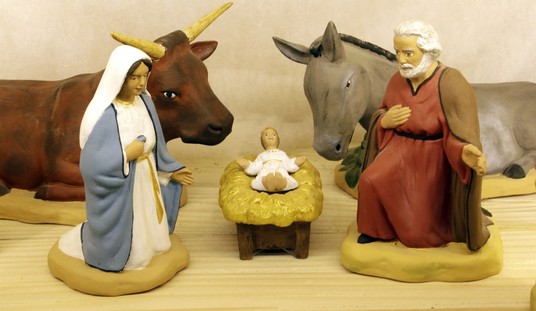Roberts invented the Altair 8800, pictured above, which was the PC I cut my teeth on, when a math teacher at St. Mary’s purchased one, hooked it up to a used teletypewriter as its I/O device and started my school’s first computer club in the mid-1970s. Oh, the epic battles of Wumpus, Star Trek, and Lunar Lander we fought, my friends.
Dr. Henry Edward Roberts, a developer of an early personal computer that inspired Bill Gates to found Microsoft, died Thursday in Georgia. He was 68.Roberts, whose build-it-yourself kit concentrated thousands of dollars worth of computer capability in an affordable package, inspired Bill Gates and his childhood friend Paul Allen to come up with Microsoft in 1975 after they saw an article about the MITS Altair 8800 in Popular Electronics.
Roberts, an ex-military man, later went on to careers as a farmer and a physician, but continued to keep up with computer advances: He recently told Gates he hoped to work with new, nanotechnology-enhanced machines, according to son David Roberts.
“He did think it was pretty neat, some of the stuff they’re doing with the processors,” said David Roberts, who confirmed Gates rushed to Georgia Friday to be with his mentor.
Roberts died in a Macon hospital after a long bout with pneumonia, according to his family.
“Ed was willing to take a chance on us — two young guys interested in computers long before they were commonplace — and we have always been grateful to him,” Gates and Allen said in a joint statement released Thursday. “The day our first untested software worked on his Altair was the start of a lot of great things. We will always have many fond memories of working with Ed.”
The man often credited with kickstarting the modern computer era never intended to lead a revolution.
Born in Miami in 1941, Roberts spent time in the U.S. Air Force and earned an electrical engineering degree from Oklahoma State University in 1968, according to information provided by his family.
He later parlayed his interest in technology into a business making calculators; when large firms like Texas Instruments began cornering the business, Roberts soon found himself in debt, David Roberts said.
Meanwhile, he was gaining an interest in computers — at the time, hulking machines available almost exclusively at universities.
“He came up with the idea that you could have one of these computers on your own,” said David Roberts, adding his father expected to sell a few units. “Basically, he did it to try to get out of debt. ”
Roberts himself would later describe the effort as an “almost megalomaniac kind of scheme” that he pursued out of youthful ambition.
“But at that time you know we just lacked the, eh, the benefits of age and experience,” Roberts said on a program called “Triumph of the Nerds” that aired on PBS in 1996. “We didn’t know we couldn’t do it.”
As Al Ries and Jack Trout noted in one of their marketing books, a big reason why Roberts isn’t as well remembered today as he should be is that, while he got there before them, Woz and Jobs did a far better job of branding. Unlike Altair (the story goes it was taken from an episode of Star Trek that Roberts’ daughter was watching one week), the name Apple is simplicity itself. More importantly, the sleek white plastic case of the Apple II also promised ease of use, in sharp contrast to the scary and confusing looking switches and LEDs on the front of the Altair.
Today, the Altair is mostly found in computer museums, including the Bay Area’s Computer Museum History Center, which I described back in 2001 for National Review Online.











Join the conversation as a VIP Member